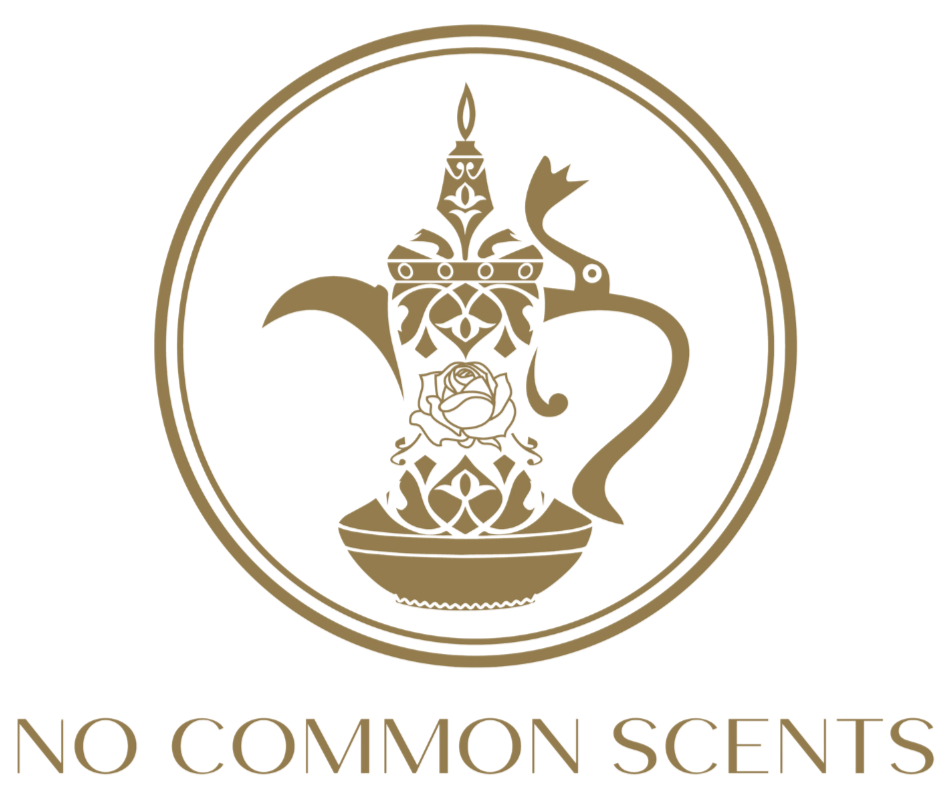Article: Paraffin wax is toxic? Not quite. Here’s the real deal

Paraffin wax is toxic? Not quite. Here’s the real deal
Let’s get one thing straight: paraffin wax is not toxic.
That’s not just our opinion—it’s backed by science. To this day, no peer-reviewed study has ever confirmed that paraffin wax is harmful to humans when used in candles.
And no, your cousin who read about it in a Facebook meme doesn’t count as a scientific source.
So where does this myth come from? Paraffin wax is a by-product of petroleum, and we all know petroleum isn’t winning any eco-friendly awards. But here’s the thing: paraffin has been safely used in candles for decades without any evidence of harm. It’s a refined by-product that would otherwise go to waste, and as a result, it’s more affordable.
But let’s get to the heart of it: why do some people get headaches from cheaper candles? It’s not because of the wax itself, but because of the fragrance load. Some waxes, like paraffin, can hold a higher fragrance percentage than others.
And often, cheap candles are packed with overpowering perfumes to make up for a lack of quality ingredients.
Just because you get a headache doesn’t mean the wax is toxic. It just means the fragrance might be too much for you.
Think about it like this: you can be allergic to anything—dust, pollen, shellfish, even cheap wine. The same goes for candles.
At No Common Scents, we use coconut soy wax because it holds our fragrances beautifully and it’s sustainable. But don’t let anyone tell you that paraffin is a death sentence. It’s safe, affordable, and still used by some of the most reputable candle brands in the world.
Still not convinced? Feel free to check out the National Candle Association’s FAQ on paraffin candles here. We’re not in the business of keeping you in the dark—just of keeping your space beautifully lit with the best candles.


Leave a comment
This site is protected by hCaptcha and the hCaptcha Privacy Policy and Terms of Service apply.